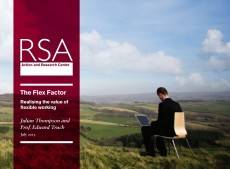August 7, 2013
UK construction and manufacturing buoyant but mixed picture in global property market
 There are signs that the UK’s faltering economy is on the road to recovery. Construction activity in the UK jumped sharply in July to hit its highest level in over three years, according to the latest Markit/CIPS survey of purchasing managers. This may have been driven primarily by a surge in house building, but even the recently moribund commercial construction sector saw an increase in activity. However a new report from the Royal Institute of Chartered Surveyors has highlighted that while the UK may have reason to smile, the picture of global commercial property markets is very patchy.
There are signs that the UK’s faltering economy is on the road to recovery. Construction activity in the UK jumped sharply in July to hit its highest level in over three years, according to the latest Markit/CIPS survey of purchasing managers. This may have been driven primarily by a surge in house building, but even the recently moribund commercial construction sector saw an increase in activity. However a new report from the Royal Institute of Chartered Surveyors has highlighted that while the UK may have reason to smile, the picture of global commercial property markets is very patchy.






















August 6, 2013
Effective recycling is about good management as much as it is materials and design
by Mark Eltringham • Comment, Environment, Furniture, Products
We all like to think we are discerning about what we will and won’t put in our trolleys at the supermarket. Not any old salty, fat-saturated gloop will make the cut these days. That’s why the producers of food like to proclaim its healthiness on packaging, regardless of the nature of the product within. ‘Lower fat’ doesn’t mean low fat. Companies in other sectors follow suit. The office products market is one in which some manufacturers don’t mind a splash of green on product labels. This doesn’t do the customer or the buyer any good and can breed cynicism in the market, undermining the efforts of those suppliers who actually take a sophisticated approach to the environmental performance of their products.
(more…)